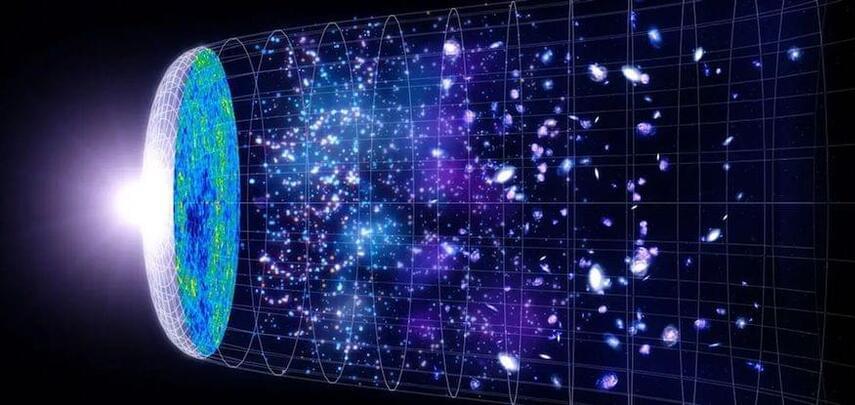Dec 15, 2024
Gravitic Spaceship Propulsion
Posted by Dan Breeden in categories: media & arts, space travel
To get started planning a career that works on one of the world’s most pressing problems, sign up now at https://80000hours.org/isaacarthur.
Gravity is a fascinating force, it’s what holds everything on our planet together, and it might one day help us travel to other planets.
Visit our Website: http://www.isaacarthur.net.
Join Nebula: https://go.nebula.tv/isaacarthur.
Support us on Patreon: / isaacarthur.
Support us on Subscribestar: https://www.subscribestar.com/isaac-a…
Facebook Group: / 1583992725237264
Reddit: / isaacarthur.
Twitter: / isaac_a_arthur on Twitter and RT our future content.
SFIA Discord Server: / discord.


















